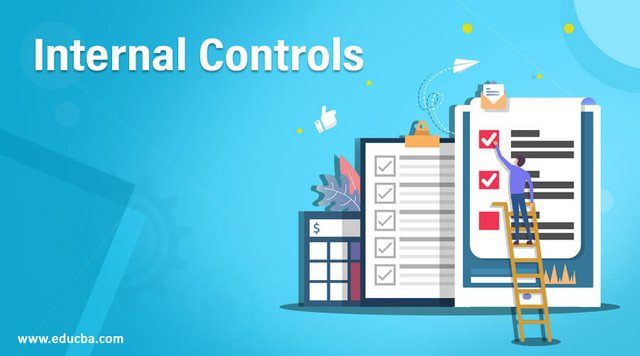Financial Education - Transaction analysis and capitalization of long-lived current asset costs
Some studies have suggested that accounting methods for internal control allow the development of practices such as accounting classification, transaction analysis, capitalization in the cost of long-lived current assets, amortization, use of accruals, deferrals, among others.

Based on the above, current assets represent, among some tangible elements, cash and cash equivalents, trade accounts receivable, inventories, prepaid expenses and others, therefore, it is essential to implement internal control measures to safeguard their equity integrity.
However, in some inquiries, it has been possible to evidence a management of the accounting process lacking strategic plans that allow activating internal control measures in order to verify, protect and guarantee the effectiveness and economic efficiency in all the operations of the organization concerning the current assets.
On the other hand, it seems that the entity's management is unaware of some internal control measures to ensure the timeliness, clarity, usefulness and reliability of the information and records that support the availability of current assets.

In the same idea, inadequate use of the process for the accounting cycle is observed, since the respective entries in the accounting books do not show the capture, measurement, valuation of the accounting exercise and its effectiveness for making decisions at the time of disposing of current assets.